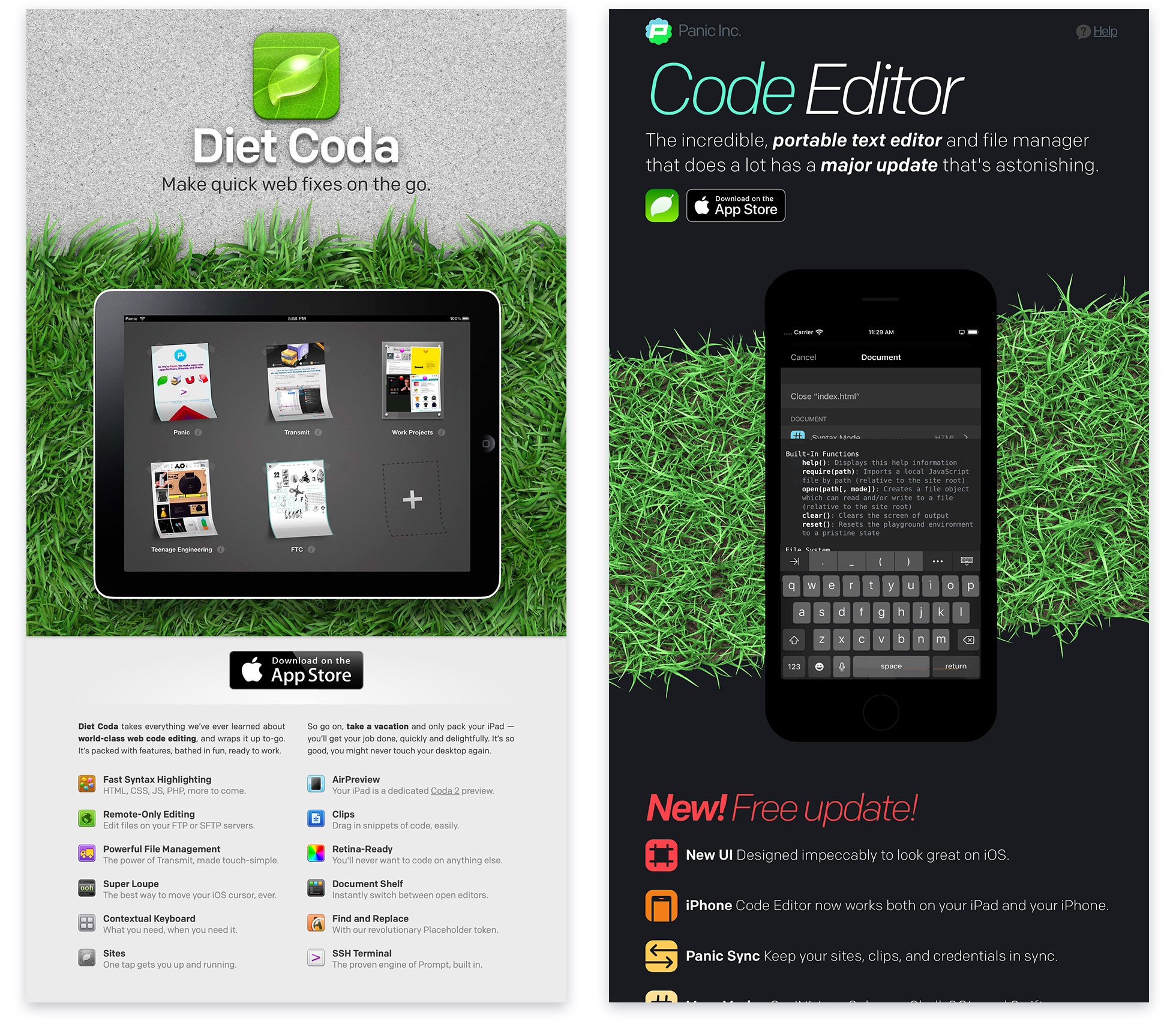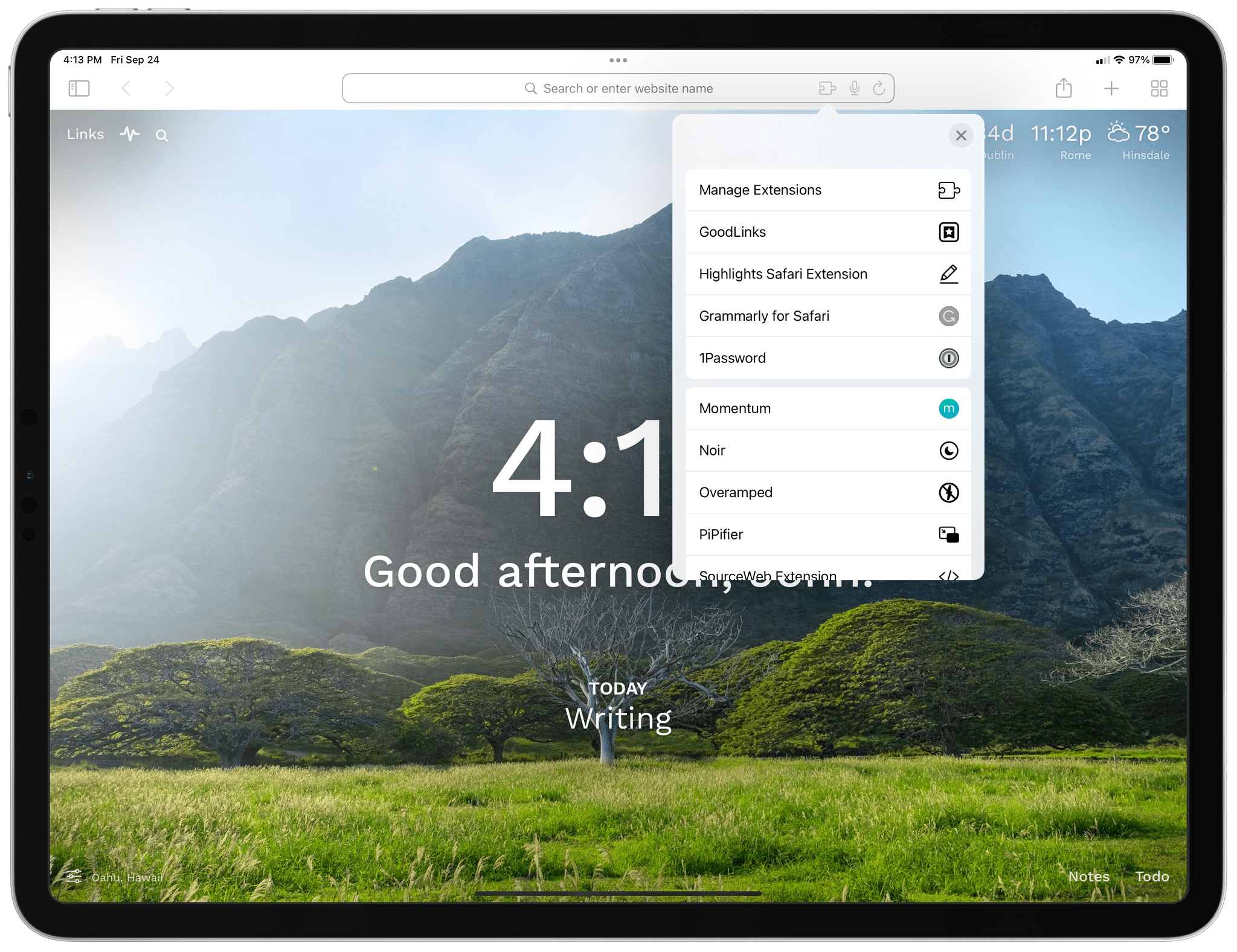

Is the interface user-friendly on each device.Does the site look great on each device.When testing sites for mobile devices, there are 4 basic things to look out for. They come with different screen sizes and resolutions, operate on different network speeds and have different hardware capabilities.Īll these differences make it important that a website is tested thoroughly before it’s made available on different platforms.Īccording to Guy Podjarny’s research, regardless of the screen size, 72% of responsive websites require the same resources, even on slow mobile network connections regardless of what needs to be displayed.Īnd since users expect short load times, it won’t be long before they head over to a competitor’s page. Since there are so many different devices to view a website on today, there’s a lot to take into account.

Website looks lfine on mac ipad browser emulator, but not on ipad how to#
How to get started with mobile website testing? Testing for mobile usage is still at a nascent stage but with the help of a proper testing workflow, the methods of testing and the right mobile testing tools, testing your website for responsiveness is going to become a lot easier. Website developers and designers often do not invest a large enough amount of resources in testing the compatibility of their sites on different mobile devices. However, when designing websites, developers still face some hard time in getting the best results out of their work. Since responsive web design eliminates the need for a custom design and development for each new gadget that’s released, the concept can save you quite a lot of time.īut, since it’s supposed to support virtually any type of device, the techniques used should be as robust as possible. It has become so common and so important that designing with mobile in mind has earned its own name: Responsive Design. For example, if the user switches from their computer to the iPad, the website automatically switches to accommodate for the change in resolution, image size and scripting abilities.


That way, the size of the smart device doesn’t matter. The screen size, platform and orientation and even all the elements of a design adjust to make it compatible for viewing on that particular device. Responsive Design: A perfect all-in-one solution? This means that developers should be creating their websites so a user can access it from any smart device, be it iPhone, smartwatch, Kindle or notebook, without running into problems. In this blog post we are going to show how to set up the perfect mobile website testing workflow and how to easily conduct browser tests for mobile. InVision recently stated in one of their blog posts: “Responsive Design is no longer a luxury, but a necessity.”Įspecially when it comes to testing, mobile website testing still is in its child’s shoes and developers face a hard time getting the best result out of their work. This development affects also web design for some years. In addition, half of the internet’s usage comes from mobile devices. The number of smartphone users has increased tremendously in the last few years and by 2016, there will be more than 2 billion smartphone users. Smartphones seem to have taken over desktop computers in terms of usage.


 0 kommentar(er)
0 kommentar(er)
